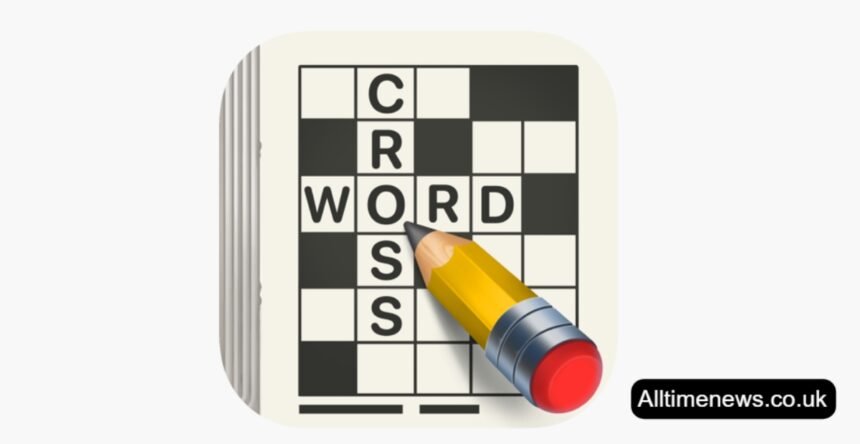Introduction to the New York Times Crossword
The New York Times Crossword provides a delightful daily challenge with its clever wordplay and diverse themes. Each puzzle gives solvers a chance to stretch their vocabulary and problem-solving skills, while offering a rewarding sense of accomplishment.
One such clue that may leave solvers thinking is “Some Austrians.” The answer refers to a specific group of people associated with Austria. Let’s uncover this clue and its possible answers.
The Clue: Some Austrians
The clue points to a subset of people from Austria. The answer is a term that highlights a notable characteristic or origin of these individuals.
Possible Answer
TIROLESE: The answer is “TIROLESE,” which refers to the people from the region of Tyrol in Austria. This area is known for its unique cultural heritage and picturesque landscapes.
You may also like
- What the Answer to This Clue Is Not (It’s Two!) NYT Clue
- Animal Attraction NYT Crossword Clue & Answers
- US Medical Research Agency NYT Crossword Clue & Answers
- They Hit the Books NYT Crossword Clue & Answers
- Degree for a Corporate Exec NYT Crossword Clue & Answers
Joy of wordplay in crosswords
Crossword puzzles offer a unique blend of mental challenge and entertainment. The joy comes from deciphering creative clues and arriving at the correct solutions. The NYT crossword is especially popular because it enhances both vocabulary and cognitive skills, enriching the experience for all solvers.
Tips for Solving NYT Crossword Clues
Solving the NYT crossword is both stimulating and rewarding. Every puzzle encourages creative thinking and builds problem-solving skills.
- Start with the easiest clues: Gain momentum by filling in the answers you know right away.
- Look for patterns: Use the grid’s intersecting letters to help with tougher clues.
- Keep an open mind: Many clues involve clever wordplay or alternative meanings.
Conclusion
The clue “Some Austrians” points to the answer “TIROLESE,” representing a specific group from the Tyrol region. This clue and its solution exemplify the fun of crosswords, where geography and language combine to offer a satisfying solving experience.
